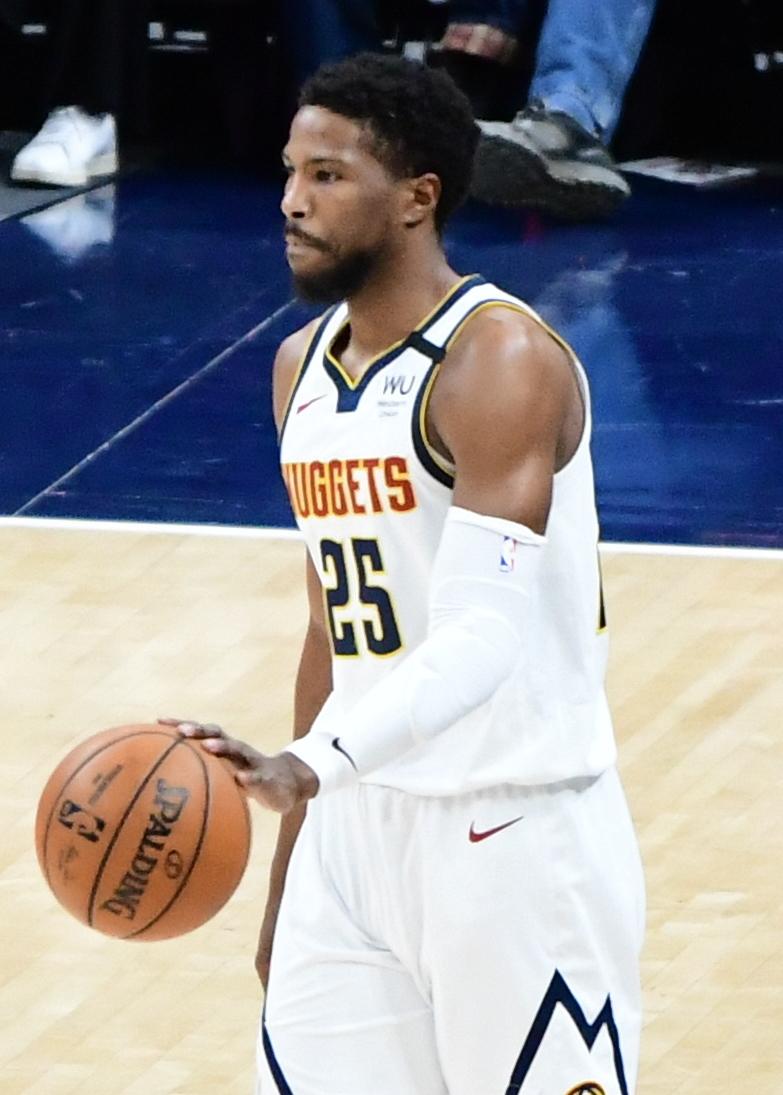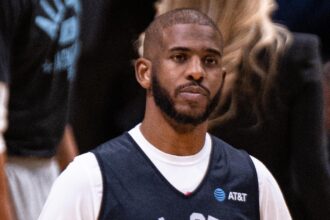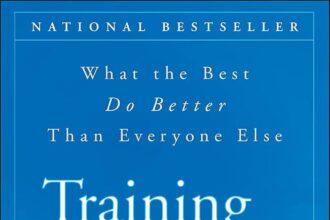As the NBA offseason gains momentum, the Cleveland Cavaliers are reportedly exploring moves to bolster their roster ahead of the upcoming campaign. One name increasingly attracting attention is Malik Beasley, the sharpshooting guard known for his scoring ability and perimeter threat. With Cleveland seeking to add depth and experience to their backcourt, questions arise: Is now the right moment for Beasley to don the Cavaliers’ colors? This article delves into the potential fit, the strategic implications, and what Beasley’s arrival could mean for Cleveland’s aspirations moving forward.
Malik Beasley’s Fit Within the Cavaliers’ Current Roster and Playing Style
Malik Beasley’s aggressive perimeter shooting and ability to create his own offense could inject a much-needed spark into Cleveland’s backcourt. The Cavaliers currently rely heavily on their dynamic guards for perimeter scoring, but Beasley offers a sharpshooting threat that spaces the floor with ease. His career three-point percentage hovering around 37% complements Cleveland’s emphasis on pace and space, potentially opening up driving lanes for Darius Garland and Donovan Mitchell to operate more freely. Additionally, Beasley’s experience as a reliable catch-and-shoot option aligns well with Cleveland’s offensive schemes, which prioritize quick ball movement and open looks from beyond the arc.
Defensively, Beasley brings both versatility and a high motor, attributes the Cavaliers have been targeting to improve their perimeter defense. While he isn’t known as a lockdown defender, his energy and length could prove valuable in switch-heavy defensive sets favored by head coach J.B. Bickerstaff. Below is a brief comparison highlighting how Beasley’s skill set complements the current Cavaliers guard rotation:
| Player | 3PT % | Playmaking | Defense |
|---|---|---|---|
| Malik Beasley | 37% | Moderate Creator | Versatile + Energizer |
| Darius Garland | 35% | Primary Playmaker | Average |
| Donovan Mitchell | 36% | Secondary Creator | Strong |
- Floor spacing: Beasley stretches defenses with consistent perimeter shooting.
- Off-ball movement: Proven ability to move without the ball, creating open shots.
- Defensive fit: Energetic defender suited to switching schemes.
Evaluating Beasley’s Recent Performance Trends and What He Brings to the Table
Malik Beasley’s recent performances have demonstrated a notable upswing in his efficiency and role execution, making him a worthy consideration for the Cavaliers. Over the past 15 games, Beasley has averaged 18.7 points per game on an impressive 46.2% shooting from the field and 39.8% from three-point range. His ability to create off-ball movement and convert catch-and-shoot opportunities has been crucial, especially in tight contests. The winger has also improved defensively, showing more engagement in perimeter defense, which suits Cleveland’s recent emphasis on team defensive schemes.
- Scoring consistency: Reliable 18+ points on 40+ minutes.
- Playmaking: Steady improvement in assists per game, now at 3.1.
- Spacing role: Effective floor spacing with 38% 3P shooting.
- Defensive impact: Increased steal rate and better defensive rotations.
| Category | Last 15 Games | Season Average |
|---|---|---|
| Points Per Game | 18.7 | 16.0 |
| FG% | 46.2% | 42.5% |
| 3P% | 39.8% | 35.7% |
| Assists Per Game | 3.1 | 2.4 |
Beyond the numbers, Beasley brings a versatility that aligns with the Cavaliers’ strategic vision. His ability to seamlessly oscillate between the shooting guard and small forward roles bolsters lineup flexibility, capable of both initiating secondary ball movement and serving as a primary catch-and-shoot threat. Moreover, his professional experience in high-pressure playoff games injects valuable veteran poise into a young Cavs roster hungry for postseason success. This blend of shooting prowess, playmaking capacity, and competitive mindset could provide Cleveland with a much-needed offensive catalyst and defensive contributor.
Strategic Recommendations for Integrating Beasley Into Cleveland’s Rotation
Maximizing Beasley’s Strengths: To successfully integrate Malik Beasley into Cleveland’s rotation, the Cavaliers should capitalize on his sharpshooting and off-ball movement. Deploying him as a secondary scorer alongside key playmakers like Darius Garland can create dynamic spacing and open lanes for drives to the basket. Given Beasley’s ability to catch fire from beyond the arc, positioning him in catch-and-shoot scenarios during critical stretches could amplify the team’s offensive efficiency.
Rotation Adjustments and Timeline: Strategically, Beasley fits best coming off the bench initially, allowing him to find rhythm without disrupting established chemistry. Gradual increases in minutes during late quarters will pave the way for a seamless boost in scoring punch. Below is a suggested phased timeline for his integration:
| Phase | Focus | Estimated Minutes per Game |
|---|---|---|
| Phase 1 | Bench spark, catch-and-shoot emphasis | 12-15 |
| Phase 2 | Increased offensive responsibility, pick-and-roll involvement | 15-20 |
| Phase 3 | Potential starting role depending on chemistry | 20-25 |
- Leverage defensive matchups: Use Beasley’s versatility to guard multiple perimeter spots, easing pressure on other wing defenders.
- Prioritize conditioning: Ensure his stamina supports consistent minutes in high-tempo lineups.
- Communication is key: Integrate Beasley with the team’s ball movement schemes to minimize isolation and maximize flow.
To Conclude
As the Cleveland Cavaliers continue to shape their roster for the upcoming season, the potential addition of Malik Beasley remains a topic of keen interest among fans and analysts alike. Beasley’s scoring ability and perimeter shooting could address key needs for the Cavs, but questions about fit and contract implications persist. Ultimately, whether now is the right time for Beasley to join Cleveland will depend on how the front office balances immediate impact with long-term strategy. Stay tuned as the situation develops in the coming weeks.














